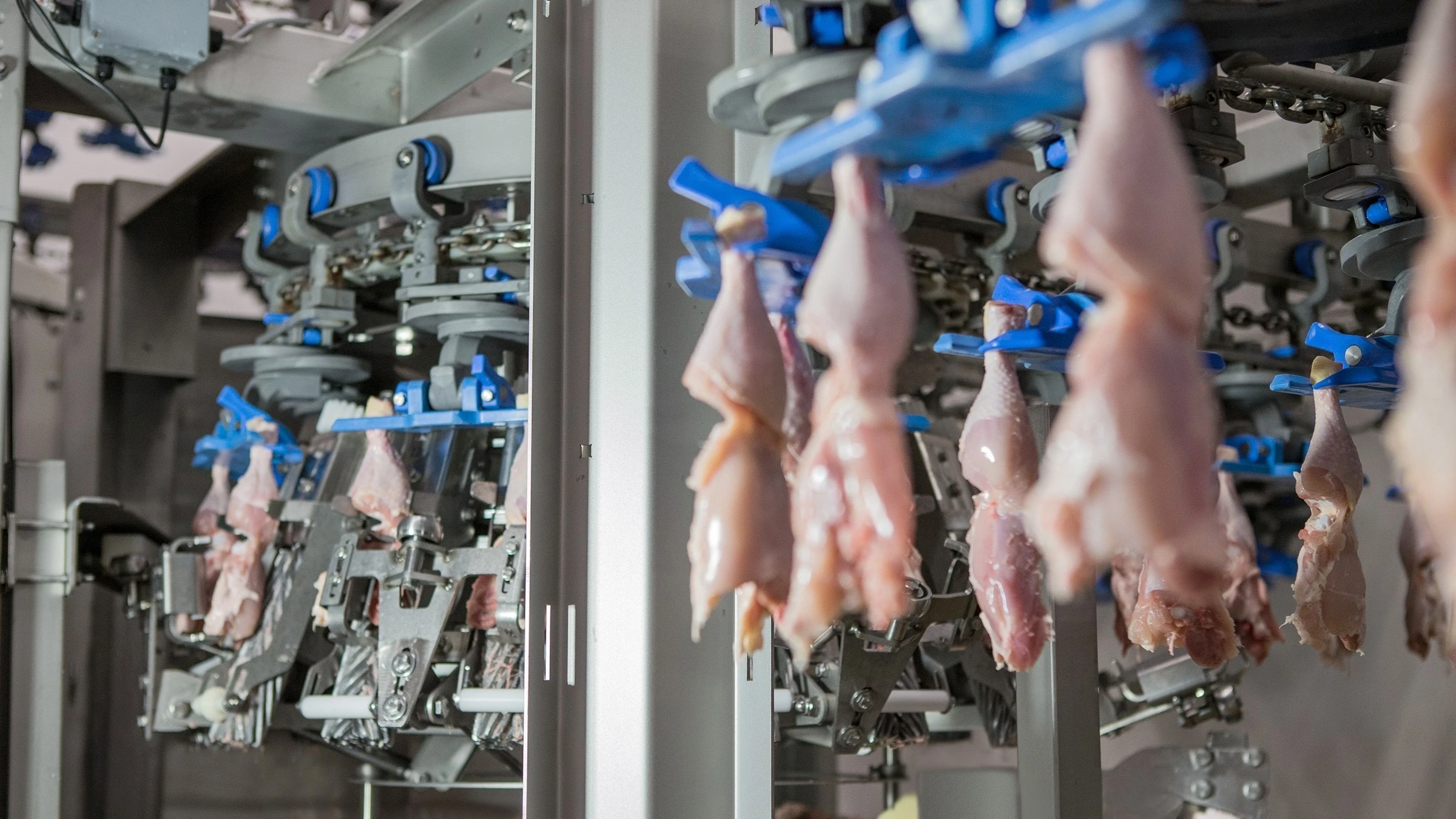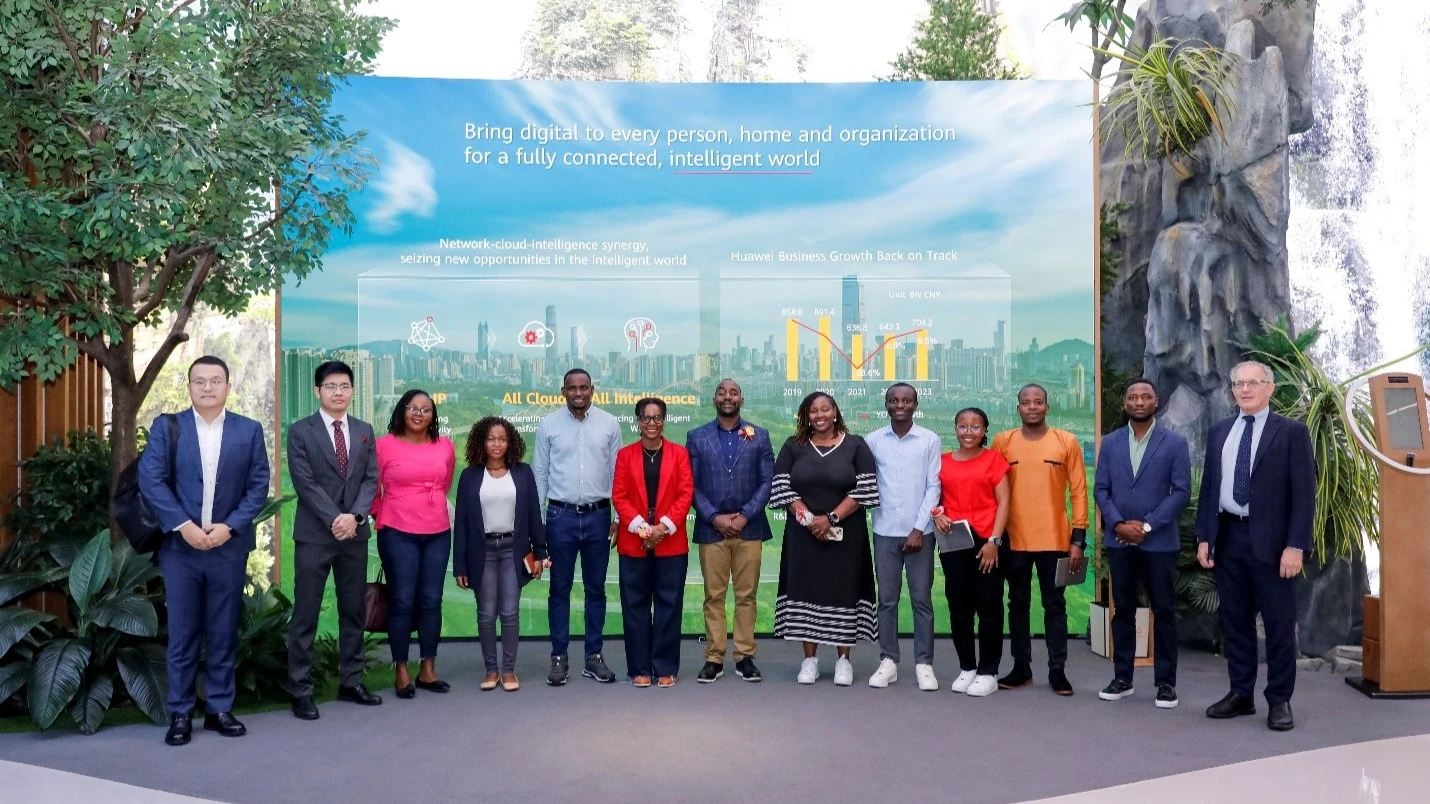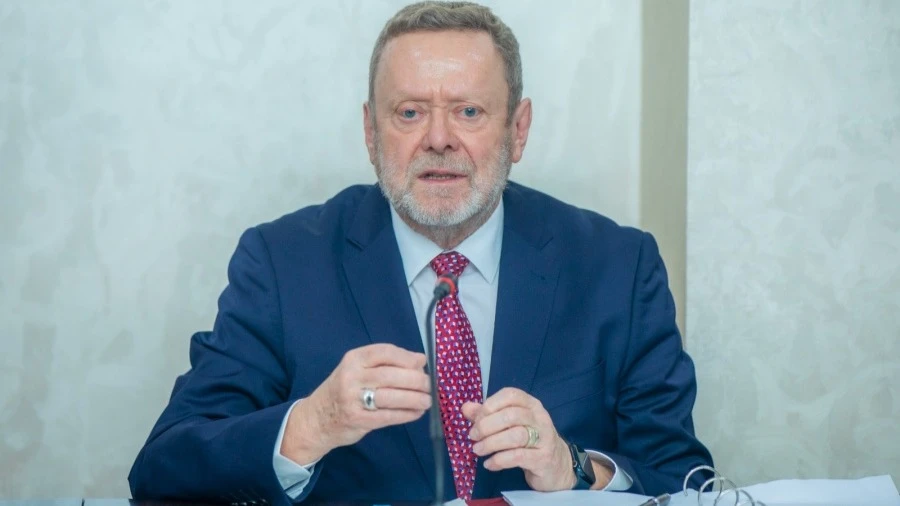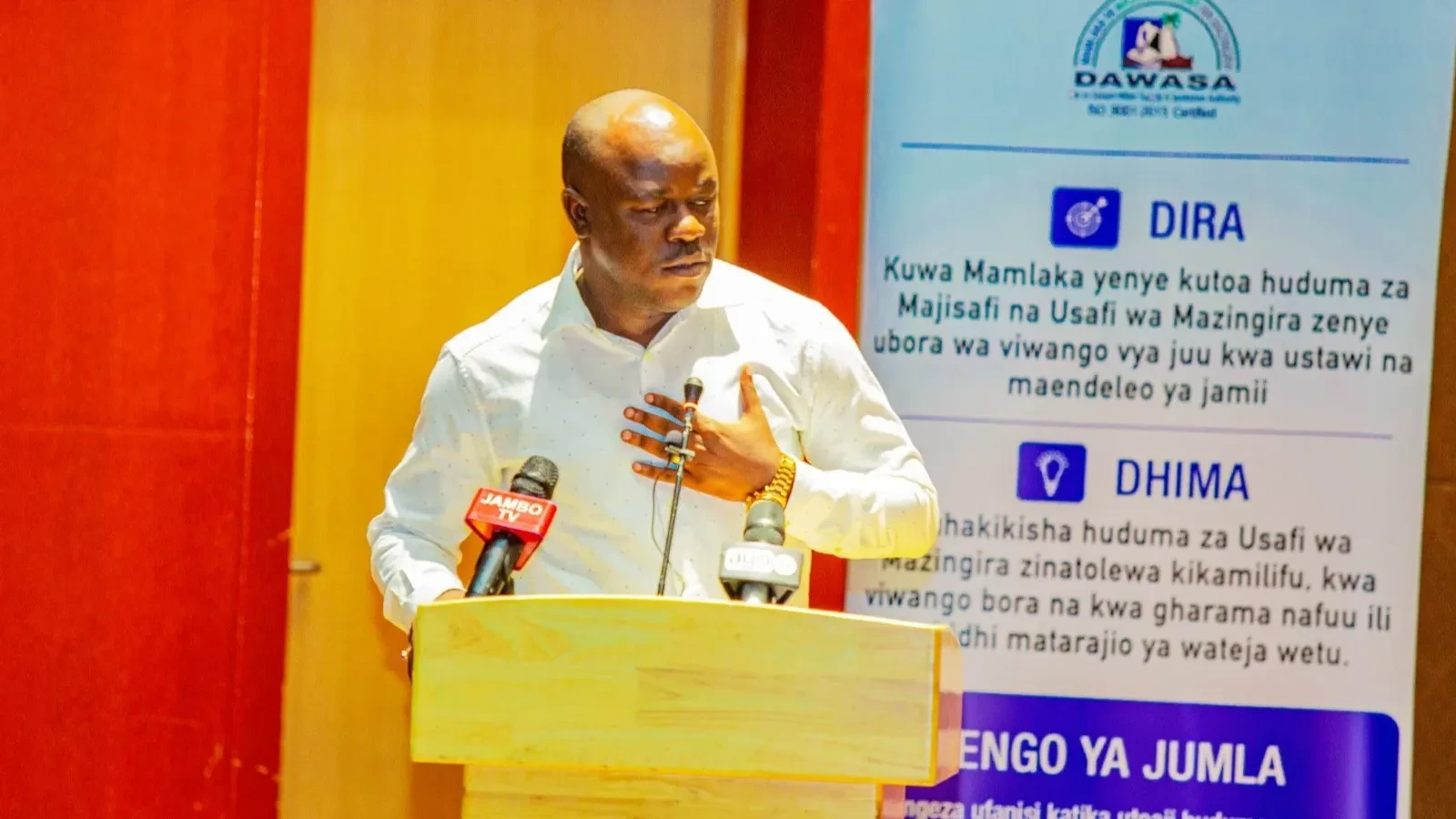Uganda sets to open its tin processing plan in May
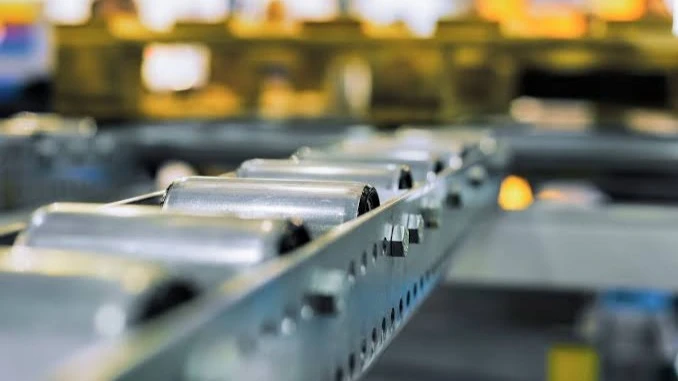
Uganda is expected to launch its first tin refinery in May this year, led by Woodcross Resources, which will aligns with the government's goal to become a sub-regional hub for the processing of various mineral resources, including gold.
"We are preparing to launch our very first tin processing facility. They will refine tin to over 99 percent in terms of purity," said Irene Bateebe, Permanent Secretary at the Ugandan Ministry of Mines, as reported by Reuters this week.
With an annual production capacity of 1,000 tonnes according to Woodcross's website, the plant is expected to be supplied with ore from a historic tin mine for which the company has obtained a mining license.
To guarantee the refinery’s supply, at the beginning of this year, the Ugandan government banned the export of tin that did not have a purity level of at least 99.85 percet compared to the previous 67 percent to 70 percent.
The plant could also be used for processing ore from other countries in the sub-region, such as Rwanda and the DRC.
The latter has no refinery, though it produced 4.5 percent of global tin production in 2023. All the output came from the Bisie mine, owned by Alphamin Resources.
Despite not having industrial gold mines, Uganda has emerged in recent years as one of the largest exporters of ore in East and Central Africa.
Kampala has encouraged the establishment of several gold refineries on its soil, which can be sourced from producers and traders across the region.
In 2023, Uganda exported $2.3 billion worth of gold, more than double the revenues from coffee, once the top export commodity.
Rwanda, Uganda, and the Democratic Republic of Congo (DRC) are the three countries that produce tin in East Africa. The metal is popularly used in soldering electronic components.
The Bisie mine in the DRC produces over 4 percent of the global production. Meanwhile, the country does not have a single processing plant.
The leading producer of the base metal tin in 2023 was China, with an estimated production volume of 68,000 metric tons. Myanmar was the world's second-largest tin mining country that year, with production estimated at 54,000 metric tons.
This level of production in China is largely due to factors like the country's long-standing mining and smelting history, as well as its plentiful tin mines, especially throughout Yunnan.
Overall, global refined tin production is estimated to have reached 380,400 tonnes, up 0.3 percent on last year's total of 379,400 tonnes.
The global refined tin production for 2023 was 370,100 tonnes, representing a decline of 2.1 percent from 2022.
Approximately 59 percent of this tin originated from just ten leading smelters, whose collective output increased by 856 tonnes.
International Tin Association (ITA) surveys, in 2022, these top 10 companies produced 56 percent of the world's tin, down from 59 percent in 2021.
Top Headlines
© 2025 IPPMEDIA.COM. ALL RIGHTS RESERVED


